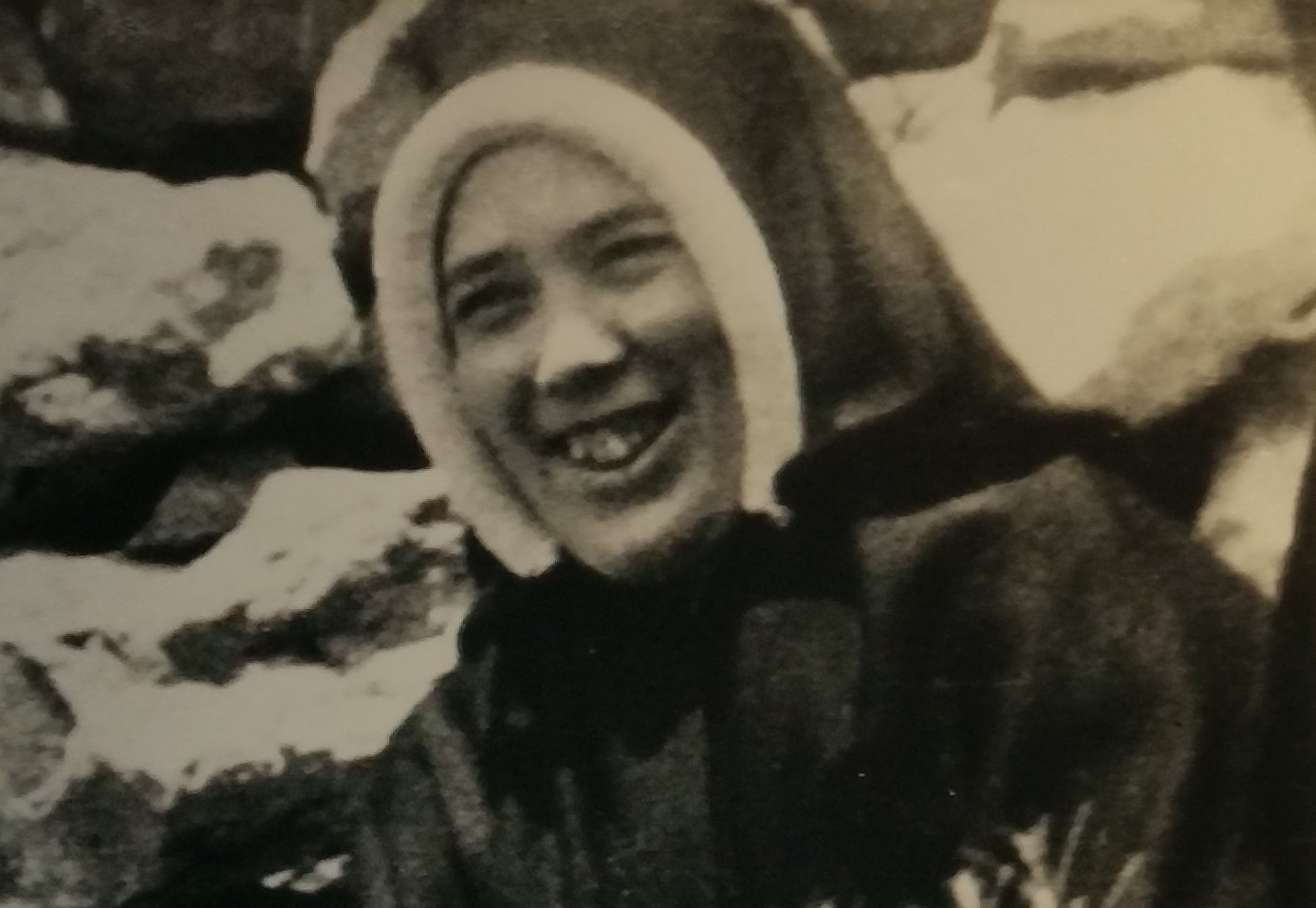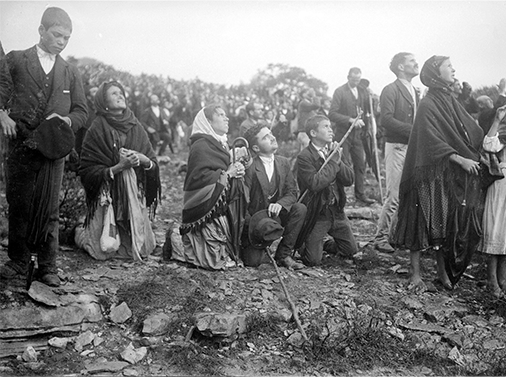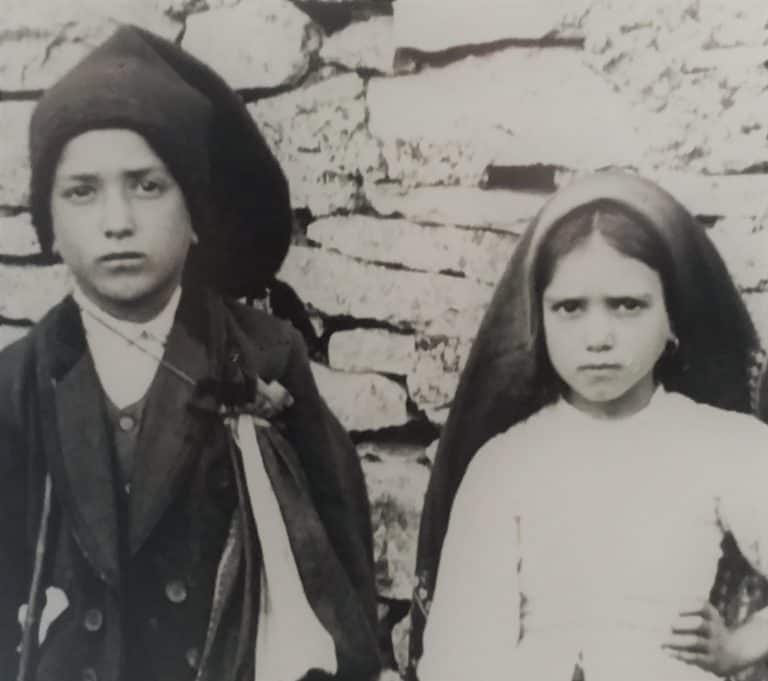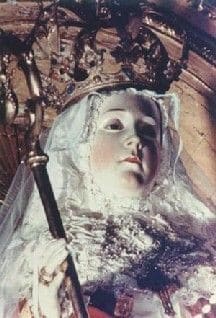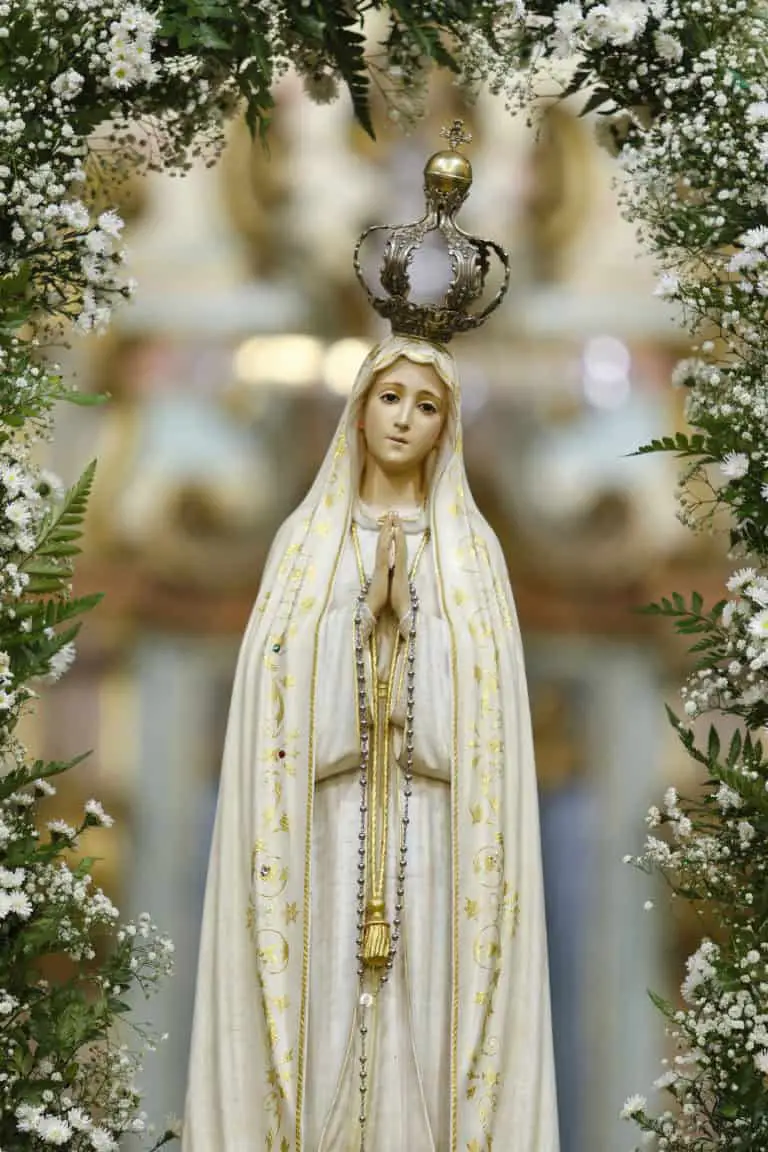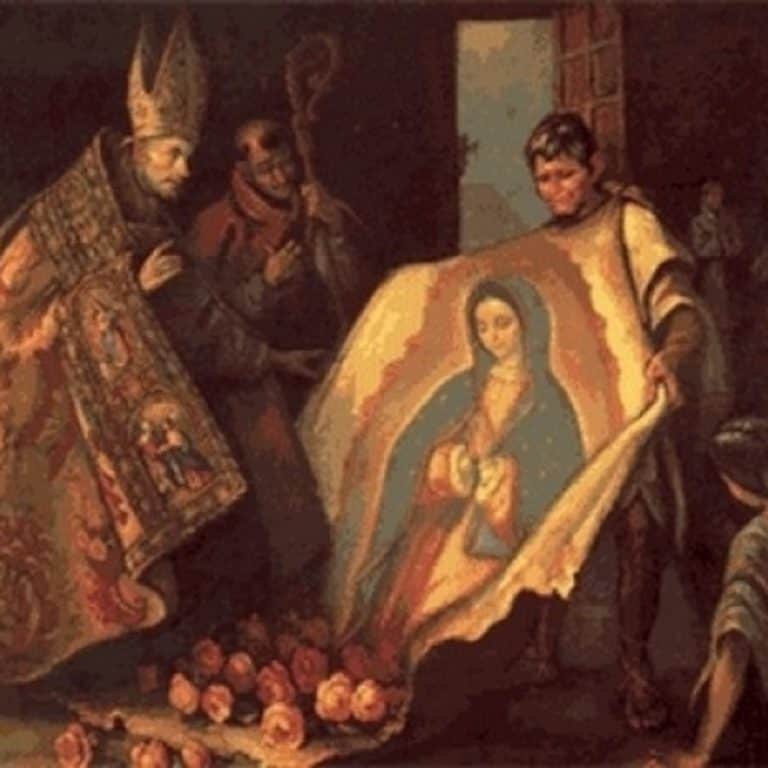The Hidden Truth About Sister Lucia of Fatima: Was She Replaced?
The story of Sister Lucia of Fatima stands as one of the most intriguing mysteries in modern Catholic history. While millions know her as the messenger of the famous Fatima apparitions, a controversial theory has emerged over the years – one that questions whether the Sister Lucia who died in 2005 was the same person who witnessed the 1917 Marian apparitions.
Indeed, this compelling mystery has sparked intense debate among religious scholars, historians, and the faithful alike. From apparent physical differences documented in photographs to reported changes in handwriting and behavior, numerous pieces of evidence have fueled speculation about a possible replacement.
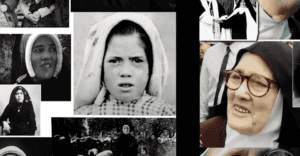
This investigation delves deep into the evidence, examining photographs, testimonies, and official Vatican documents to uncover the truth behind these remarkable claims.
What are the Origins of the Sister Lucia Controversy?
The controversy surrounding Sister Lucia’s identity emerged gradually over several decades, rooted in a series of observations and documented changes. The story begins with Lucia dos Santos, who at age 10 witnessed the Fatima apparitions alongside her cousins Francisco and Jacinta Marto.
Subsequently, several key events shaped the development of this controversy:
- 1921-1925: Lucia enters the Sisters of St. Dorothy as a postulant
- 1948: Transfers to Carmelite convent of Coimbra
- 1957: Third Secret envelope transferred to Vatican
- 1960: Vatican withholds Third Secret, contrary to expected release
- Post-1960: Strict restrictions placed on Lucia’s visitors
What are the initial observations and concerns?
Notably, the first serious questions about Sister Lucia’s identity surfaced after 1960. Furthermore, even her longtime confessor since the 1930s was denied access to visit her after 1960 – a dramatic departure from previous protocols.
The restrictions became particularly stringent, as a result, relatives were permitted to see her only behind a grille and in the presence of other sisters.
This unprecedented level of control raised eyebrows among those familiar with her earlier accessibility.
The initial documentation supporting these concerns centered on several key aspects:
- Photographic Evidence: Researchers noted significant differences between pre-1960 and post-1967 photographs
- Physical Features: Detailed analyzes revealed variations in dental structure, facial features, and overall appearance
- Behavioral Changes: Observers noted stark contrasts in personality and demeanor between earlier and later years
In particular, professional photographers who examined the historical images unanimously concluded that the pre-1960 and post-1967 photographs appeared to show different individuals.
Additionally, dental experts questioned whether normal dental work could account for such dramatic facial changes.
As time progressed, the controversy gained momentum when independent companies specializing in age progression forensics analyzed the photographic evidence.
Their findings added scientific weight to what had previously been largely speculative observations.
What scientific analysis has shown from a Physical Evidence?
Scientific analysis has revealed compelling evidence regarding Sister Lucia’s identity through advanced technological methods and expert examinations.
Facial recognition technology conducted thousands of comparisons between pre-1958 and post-1967 photographs of Sister Lucia, finding no matches between the two sets of images.
Medical experts identified several distinct physical differences between the early and later photographs:
- Eyebrow structure: Straight and heavy in early photos versus arched and tapered in later images
- Nose characteristics: Early photos show an upturned tip, whereas later images display a downward-pointing nose
- Chin formation: Initial photos reveal a receding chin, contrasting with a prominent, jutting chin in later years
- Lip structure: Early images show thick, protruding lips versus flat, thin lips in later photographs
What the are the views of Medical experts testimonies
Accordingly, multiple medical professionals, including Dr. Joseph Mascaro, Dr. Ruud Karsten, Prof. Carlos Bezerra, Dr. Julio Garcia, and Lois Gibson, independently confirmed that these physical differences cannot be attributed to dental work, dentures, plastic surgery, or natural aging.
Nonetheless, the most compelling evidence comes from facial mathematics measurements. A prosthodontist’s analysis revealed fundamental differences in facial ratios that contradict normal aging patterns.
Certainly, some measurements, such as the philtrum length, showed changes opposite to expected aging processes.
What does handwriting examination results show?
Consequently, handwriting analysis added another layer of scrutiny. Carolina, Sister Lucia’s sister, noted that any typewritten letters attributed to Lucia should be viewed with skepticism, as she did not know how to type.
Thus, a forensic expert examined a purported signature from November 1989 and declared it a forgery.
The scientific community’s consensus appears clear – the physical differences between the pre-1958 and post-1967 photographs suggest two distinct individuals.
These findings are particularly significant because the experts conducted their analyzes independently, without prior knowledge of the desired results or expected conclusions.
What do testimonies and personal accounts say?
Personal accounts and testimonies provide a fascinating glimpse into the life of Sister Lucia, offering both supporting and conflicting perspectives about her identity. These firsthand observations span decades, revealing intriguing patterns in her behavior and personality.
A) Family member observations
Maria dos Anjos, Sister Lucia’s niece, offers compelling insights into her aunt’s character. She recalls receiving consistent advice from Lucia about daily prayer, noting that her aunt would encourage her to “always start it, and if you don’t finish, Our Lady will finish it”.
Moreover, the family maintained regular visits to the convent, though these encounters became increasingly restricted over time.
In essence, family members observed several notable characteristics:
- Strong emphasis on daily prayer and devotion
- Consistent personality traits across interactions
- Maintenance of family connections despite restrictions
B) Clergy interactions and statements
Cardinal Jose Saraiva Martins, who knew Lucia personally during her final years, provides a detailed account of her character. He describes her as “very humble, simple, very intelligent, and very confident”.
Similarly, he recounts their shared moments of levity, including occasions when Lucia would make playful jokes about sending rosaries to the Pope.
Above all, the clergy interactions reveal a pattern of controlled access. Following 1960, the Holy See limited face-to-face visitors, though records show that “almost fifty cardinals and countless bishops from all over the world” still managed to meet with her.
C) Convent sister testimonies
Dr. Paul, who served as Lucia’s personal physician for 15 years, offers a unique perspective from within the convent. She describes Lucia as “bright, determined, funny, fun-loving, yet practical”.
Significantly, the convent received more than 70,000 letters addressed to Lucia from around the world between 1970 and her death.
The Carmelite sisters collected over 15,000 letters, testimonies, and documents for her beatification cause. These materials, gathered over eight years, include personal correspondence and witness statements from more than 60 individuals.
The Mother Superior’s letter from 1925 presents an interesting observation, noting that Lucia “continues in her saintly simplicity and humility so much so that she enchants all of her companions”.
In spite of her prominence, she maintained what appeared to be a normal religious life within the convent walls.
What has been the Vatican’s role and response?
The Vatican’s involvement in the Sister Lucia narrative presents a complex web of official statements, document management, and strict access protocols. Initially, Vatican officials expressed skepticism about the Fatima visions but eventually acknowledged their authenticity after thorough investigation.
Official statements and positions
The Holy See’s official stance evolved through several key declarations:
- Pope John Paul II’s decision to make the Third Secret public in 2000
- Sister Lucia’s personal confirmation of the consecration’s validity
- The Vatican’s assertion that “everything has been published; no secret remains”
- Pope Francis’s recent recognition of Sister Lucia’s heroic virtues
Henceforth, the Vatican maintained that Sister Lucia personally verified all published documents’ authenticity. Throughout her later years, she repeatedly confirmed the completeness of the revealed messages.
Document authenticity questions
Evidently, questions about document authenticity intensified after 1960. The Third Secret’s original envelope, according to Bishop Venancio’s examination, contained a single sheet with approximately 25 lines of handwriting,. which was also confirmed by Fr Malachi Martin who read the Third Secret in the 1960s, see my article https://eternallycatholic.com/vaticans-darkest-mystery-what-fr-malachi-martin-knew-about-the-real-third-secret-of-fatima/
Notably, when Pope John XXIII received the envelope in 1959, he decided against revealing its contents, stating,
“We shall wait. I shall pray. I shall let you know what I decide”.
The authenticity debate intensified when two conflicting reports emerged about when Pope John Paul II first read the Third Secret. The Vatican press officer claimed it was within days of his election, yet another official stated it occurred in July 1981.
Access restrictions and protocols
The Vatican implemented stringent access protocols regarding Sister Lucia:
- Written permission from the Vatican became mandatory for all visitors
- Even priests required prior authorization for visits
- Correspondence with outsiders was strictly regulated
- Family visits were permitted only behind a grille with other sisters present
These measures remained in place until her death in 2005. Upon her passing, Cardinal Ratzinger ordered her cell sealed.
The Vatican justified these restrictions as protective measures, enabling her to live peacefully as a Carmelite nun.
In June 2000, at a press conference attended by hundreds of journalists, the Vatican revealed what it claimed was the Third Secret. Remarkably, Sister Lucia herself was absent from this significant event.
Did the Fatima message change over time?
The interpretation of the Fatima message underwent notable transformations after questions arose about Sister Lucia’s identity. Fundamentally, these changes affected both the message’s content and its reception among the faithful.
The core message of Fatima experienced several shifts in emphasis throughout the decades. The Vatican officially maintains that the message draws people “to the heart of the Gospel” with its urgent call for conversion and penance.
Notably, Cardinal Joseph Ratzinger emphasized that the key to understanding the Fatima message lies in Mary’s words: “Penance, penance, penance!”
The message’s primary components remained consistent:
- Call for devotion to the Immaculate Heart of Mary
- Warning about the spread of errors throughout the world
- Promise of ultimate triumph of the Immaculate Heart
A careful examination reveals both continuities and apparent discrepancies with the original revelations. The earliest documented versions spoke specifically about:
- The consecration of Russia (not the world) to the Immaculate Heart
- Predictions about world wars and persecutions
- Warnings about the spread of communism
Remarkably, Sister Lucia herself stated in a 1946 interview that
“Our Lady did not ask for the consecration of the world… What she demanded specifically was the consecration of Russia”.
This specificity appears to contrast with later interpretations that broadened the scope of the consecration.
Conclusion
Sister Lucia’s story stands as one of the most fascinating mysteries in Catholic history. Scientific analysis, including facial recognition technology and medical expert testimonies, certainly raises significant questions about potential physical differences between the pre-1958 and post-1967 photographs. Though the Vatican maintained strict protocols and specific documentation procedures, these measures actually sparked additional debate rather than settling existing concerns.
The controversy surrounding Sister Lucia’s identity, nevertheless, has not diminished the profound impact of the Fatima message. Catholic faithful worldwide continue drawing inspiration from its core teachings of prayer, penance, and devotion to the Immaculate Heart of Mary. Rather than weakening the message’s significance, these questions have prompted deeper examination of the original revelations and their meaning for modern times.
Whether one accepts or questions the identity controversy, the Fatima message remains a powerful force in Catholic spirituality. The fundamental truths about prayer, conversion, and faith transcend the debate about their messenger. Sister Lucia’s legacy, therefore, lives on through millions of believers who embrace these timeless spiritual principles, regardless of the unresolved questions surrounding her later years.
